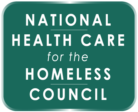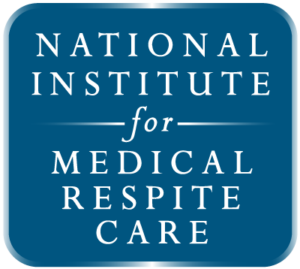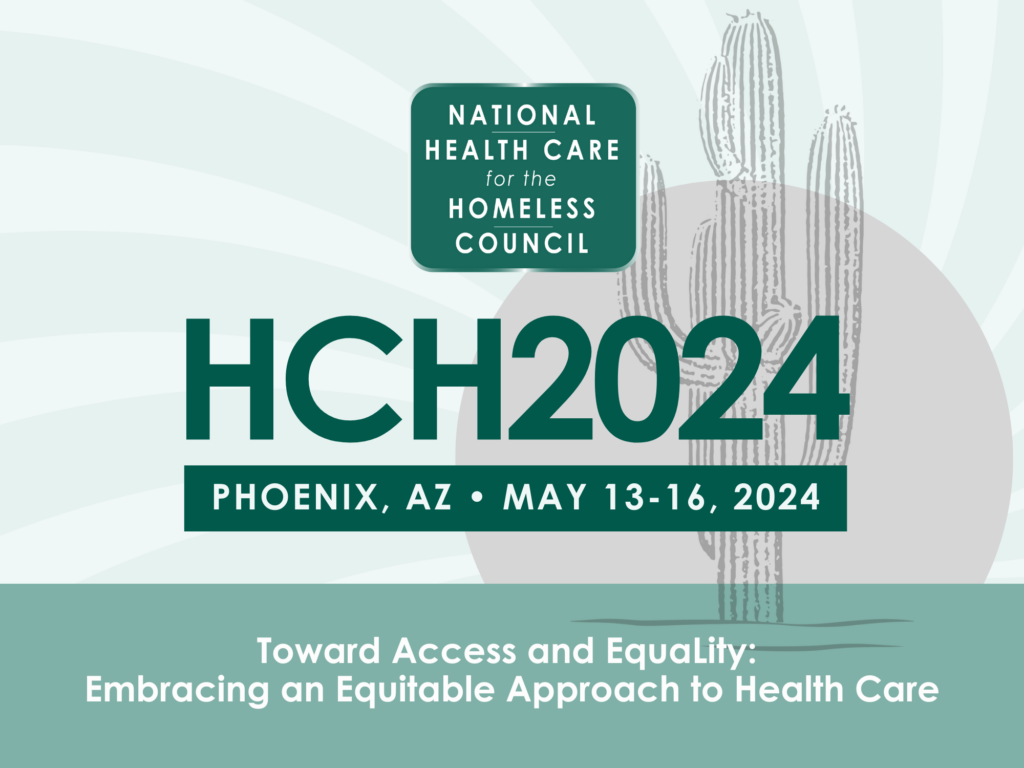Primary Care & Restorative Justice: 10 years of health care delivery in supportive housing
Janian Medical Care’s Primary Care department turns 10 years old in 2024. The Janian team has learned that the principles of Restorative Justice offer a helpful lens through which primary care providers may view their work. As Janian Medical’s delivery of health care in permanent supportive housing reaches its 10th year, this presentation will explore […]


